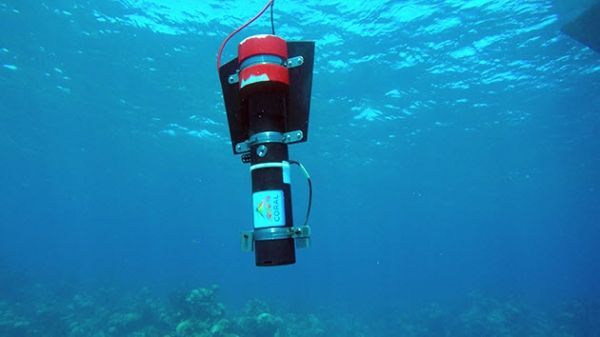Earlier this year, BIOS senior scientist and coral reef ecologist Eric Hochberg published a paper in the journal Coral Reefs that put numbers to a widely accepted concept in reef science: that materials in seawater (such as phytoplankton, organic matter, or suspended sediment) can affect how much light, as well as the wavelength of light, reaches the seafloor. This, in turn, impacts the ecology of organisms, including corals and algae, that live on the seafloor and rely on that light for photosynthesis.
“Given that reef ecosystems are driven by photosynthesis, there should really be a greater interest in light ecology on reefs,” Hochberg said. “In order to do that, you need to have numbers, so this paper is a start in that it generates the first reasonably large data set on water clarity on reefs.”
Along with Stacy Peltier, a former research technician at BIOS, and Ste'phane Maritorena, a researcher at the Earth Research Institute at the University of California at Santa Barbara, Hochberg collected and analyzed 199 water column profiles across the reefs and deep waters of Hawaii and Bermuda using an instrument called a profiling reflectance radiometer (PRR), or “water rocket.”
Continue reading at Bermuda Institute of Ocean Sciences
Image via Bermuda Institute of Ocean Sciences


